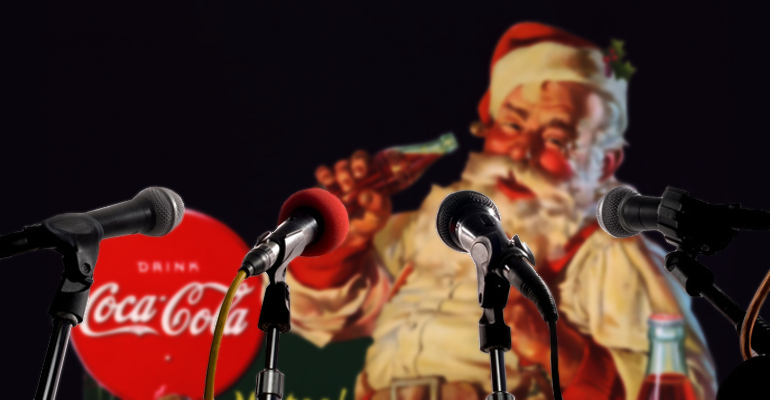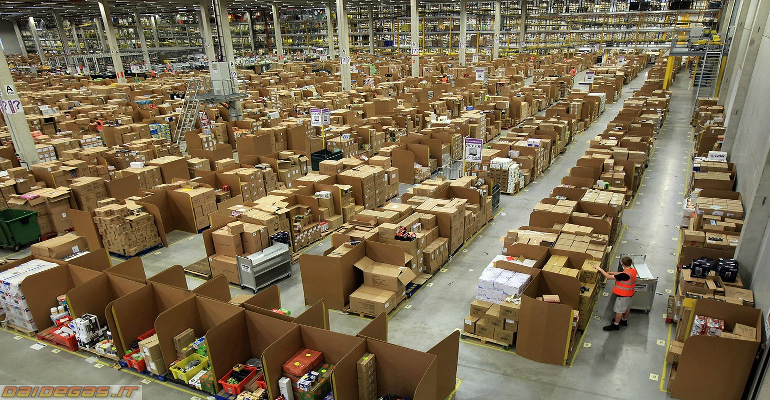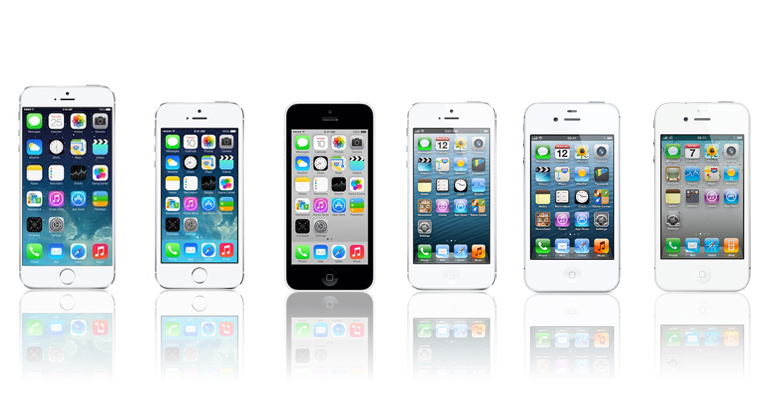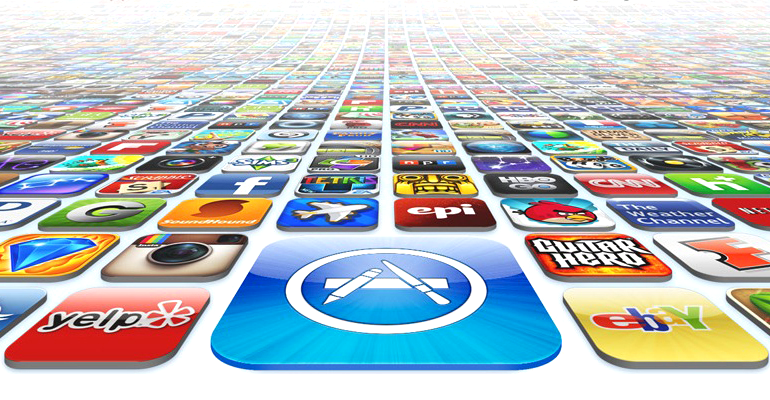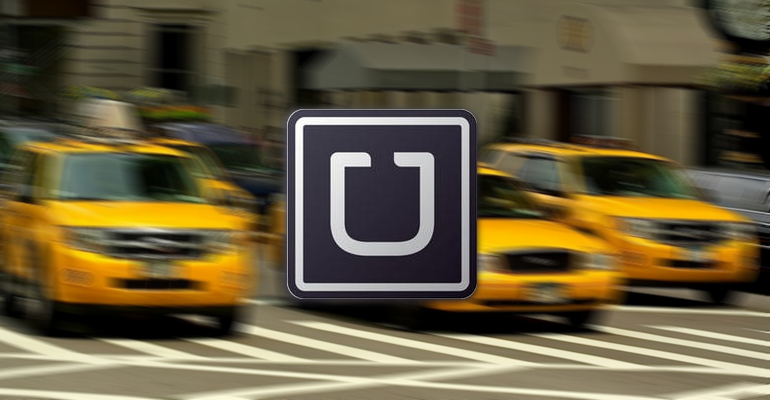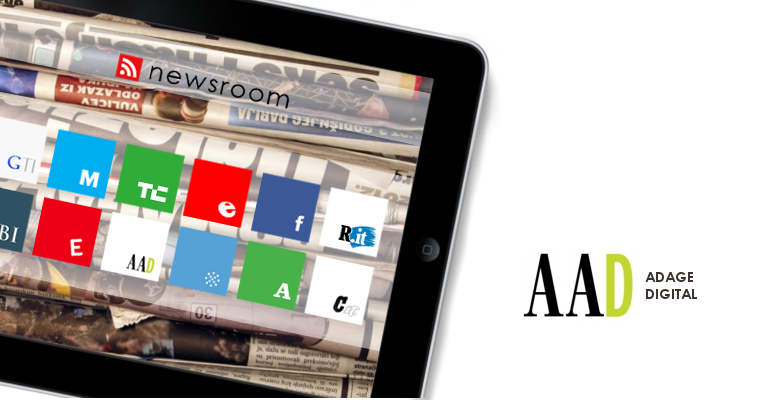Internet has cancelled the separation between journalism and corporate communication. The 2.0 press office needs information professionals, Enel could be an Italian case history
Getting its products sold and itself talked about and little more. Corporate communication can only be advertising or – at the most – marketing disguised as journalism. Is that true? As an employee of a large company and working in the field of digital media, I don’t think this is necessarily true, so I was pleased to read the recent interview on brand journalism with Mario Morcellini, the Head of the Communication and Social Research department of the Sapienza University of Rome, which was published on the Corriere delle comunicazioni.
IKEA is Sweden and Coca-Cola is America. This can sound reductive, but the idea we have of many countries and cultures often originates from the companies that communicated it to us. And the same occurs for social, economic and political matters, since the information communicated by businesses helps to form public opinion.
There’s a problem of short memory and astigmatism in evaluating the relation between companies and information. The amnesia refers to the fact that businesses have always given out information. They are one of the central players in the field of communication, essential sources for specific matters that concern them and promoters not only of brands and products but also, as Morcellini pointed out, of “discussions on common social goals”. On the other hand, the eyesight defect, which regards both companies and external observers, concerns the difficulty to focus on the role of the Internet in corporate communication.
Internet has not excluded companies from information, it has often taken them by surprise, in other cases it has obliged them to rediscover this task and adapt their communication to new languages and models. Morcellini also said that on the Web and social media “there is the need for content that is certified and validated by qualified professionals”, and this is why the combination information-company and the concept of a journalist who serves a company have a purpose and especially a future.
The 2.0 press office is an actual fact and from a privileged viewpoint, granted to me by my activity at Enel, I can say that this adaption and rediscovery of communication (using the parameters of journalism) is a constant factor that has lately undergone a great acceleration.
Companies are a middle land and Enel is among those that pave the way from the traditional model to that imposed by the digital revolution. We have had a TV for a decade, increasingly directed to the production of contents for the Web. Three years ago we started a radio which also follows parameters of information tout court. We also have a great number of Web supports (corporate and country sites); a social presence that goes back a few years and goes well beyond Facebook and Twitter; a corporate blog like enelsharing in which we give increasing importance to storytelling, also referred to the company and its employees.
“Companies show difficulty in talking about and proposing themselves” Morcellini said. This strain can be overcome when the integration between internal and external communication starts, accelerated precisely by the continuousrequest to “talk about and propose themselves” that the Web addresses to companies.
Thanks to the Internet (and not as a negative effect of it) brand promotion is once again an aspect of corporate communication, but not the only one. And here again I agree with Morcellini: “The Web acknowledges quality more than print media and this is another reason why companies must communicate adequately online”.
“I don’t care what you say about me, as long as you say something about me, and as long as you spell my name”, said the father of musicals, George Michael Cohan – not Oscar Wilde, as I often read. This quote synthesizes the extreme drift from a communication that follows the 1.0 marketing model. The good news is that companies can’t afford this anymore and they know it.



